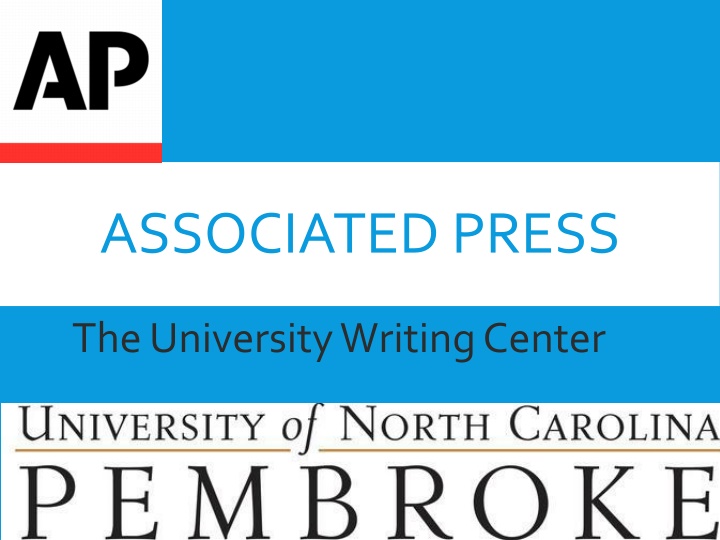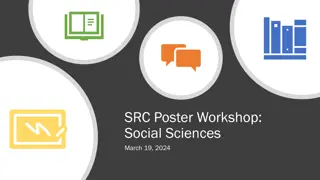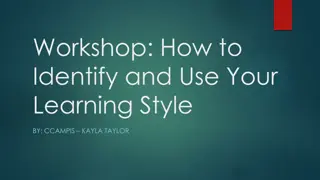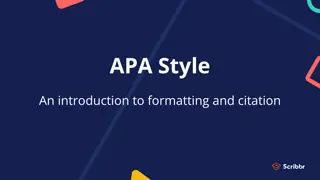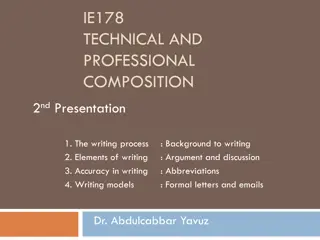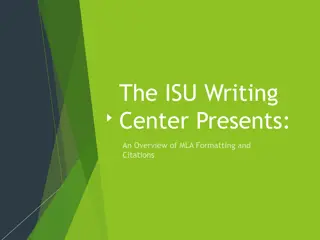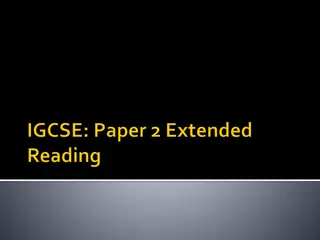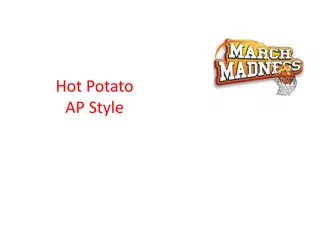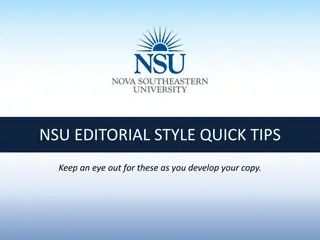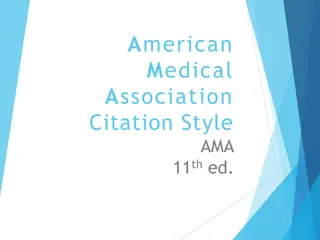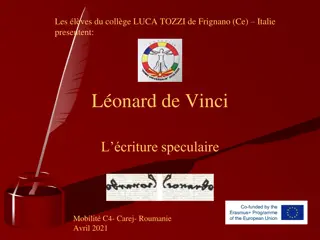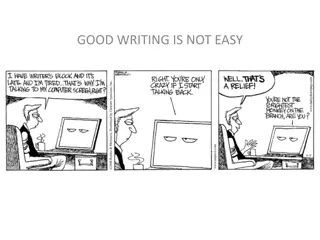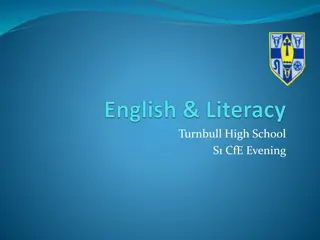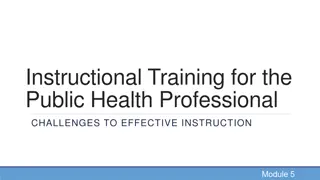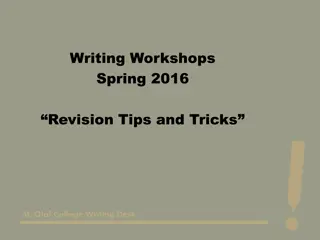Essential Guidelines for AP Style: Writing Tips and Techniques
Writing in AP style requires adherence to specific guidelines including consistency, clarity, accuracy, and brevity. This writing style follows the inverted pyramid format, focusing on conveying information in a concise and direct manner. The structure emphasizes getting straight to the point, with leads that avoid flowery language and excessive wordiness. Understanding AP style is crucial for journalists and writers aiming to communicate effectively with their audience.
Download Presentation

Please find below an Image/Link to download the presentation.
The content on the website is provided AS IS for your information and personal use only. It may not be sold, licensed, or shared on other websites without obtaining consent from the author.If you encounter any issues during the download, it is possible that the publisher has removed the file from their server.
You are allowed to download the files provided on this website for personal or commercial use, subject to the condition that they are used lawfully. All files are the property of their respective owners.
The content on the website is provided AS IS for your information and personal use only. It may not be sold, licensed, or shared on other websites without obtaining consent from the author.
E N D
Presentation Transcript
ASSOCIATED PRESS The University Writing Center
WHAT IS AP? The rulebook for newswriting. As AP says, it s part dictionary, part textbook, part encyclopedia. Some guiding principles behind AP style are: Consistency Clarity Accuracy Brevity
WHAT IS AP? CONT. AP is different from academic writing AP is written in an inverted pyramid format (shown on next slide) AP is short and to the point There are NO citations in AP
The Inverted Pyramid THE INVERTED PYRAMID
SENTENCE STRUCTURE Get straight to the point avoid wordiness Paragraphs in the journalism world can be anywhere from one to three sentences. Attributions at the end of the sentence/quote. I speak for the trees, the Lorax said.
Most important to least important information Think of your story as a train. Train horn: catches your audiences attention (lead) Fire up the engine tell the important information to get the train going: What, Who, When, Where, Why and How. Put the least important information last don t waste your train s energy explaining the small stuff.
LEADS AVOID: flowery language, excessive wordiness, do not begin with It Not all leads include a why Leads are usually only one to two sentences long.
Lead Example: WHO WHAT Over 100 kittens adopted by a UNC Pembroke student at the Robeson County Humane Society on Feb. 24 to relieve stress for midterm exams. WHERE & WHY WHEN
AP STYLE GUIDELINES AND TIPS
STREETS NEVER abbreviate: Road Drive Circle Alley If there is a number -> abbreviate. EX: 123 Maple St. 123 Maple Ave. 123 Maple Blvd.
DATES Do not write the year if the event is present Only abbreviate months when they are included with a date David s birthday is in February. David s birthday is Feb. 28.
TIME Morning: a.m. Night: p.m. Specific times: 5 p.m. <- when the time does not include minutes do not write out (EX: 5:00) 5:30 p.m.
POSITIONS AND TITLES DO NOT ABBREVIATE: President Vice president Abbreviate before the name, not after. Lt., Dr., Gov., Rep., Rev., Sen., ect. NEVER USE Mr. and Mrs.
POSITIONS AND TITLES CONT.. Do not capitalize after the name Gov. Pat McCory Pat McCory, governor of North Carolina. President Barack Obama Barack Obama, president of the US
DO DO NOT Seasons Proper nouns Geographic regions Points of the compass (north, south, east, west) Specific government units Fields of study (unless it is a proper noun) The Department of Biology She is studying biology and journalism Formal names President when not affiliated with a name
NUMBERS: THE BASICS Spell out numbers one through nine Use numerals for 10 and above Exceptions: Age: She is 6 years old. Percentage: The stock prices went up 6 percent. (never use the percentage sign) Dimensions: She is 5 feet 2 inches tall. Money: The candy bar cost $2. Dates: Today is Feb. 2.
WEATHER: BASICS Spell out minus and below Spell out zero Be sure to check terminology. EX: We can expect for the temperature to reach the mid 90 s. EX: Temperatures are expected to fall 15 degrees by midnight. EX: A blizzard/snow is headed towards the piedmont. <- which one is it? Be sure to know the difference
